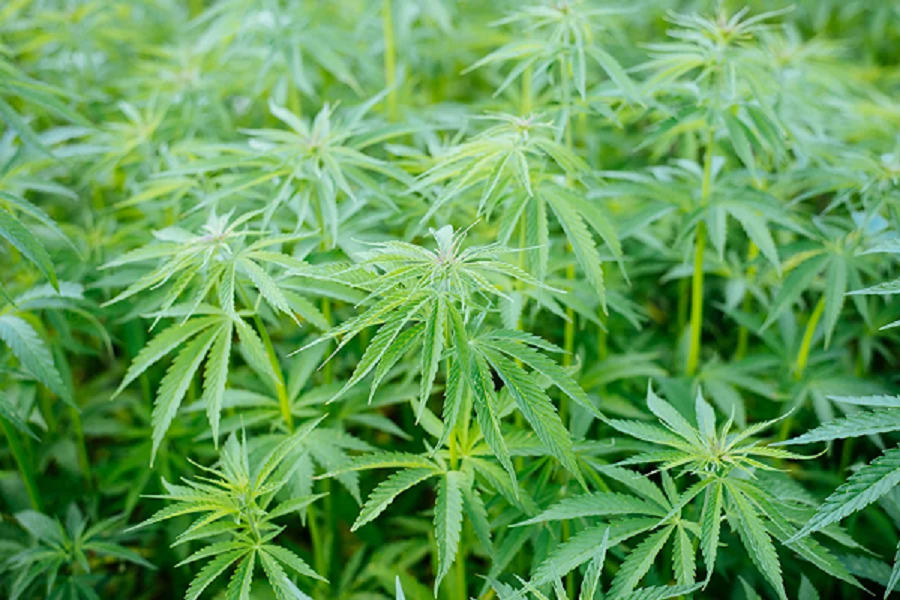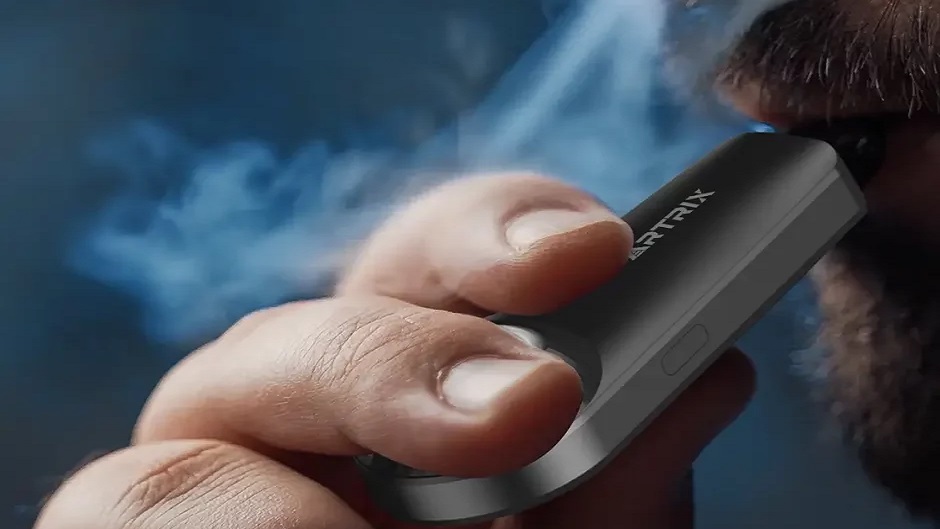
The world of natural wellness is rapidly evolving, with increasing interest in plant-based compounds that support well-being. Cannabigerol (CBG), often called the “mother of all cannabinoids,” is one such compound drawing significant attention. While cannabidiol (CBD) and tetrahydrocannabinol (THC) have long dominated the market, CBG is emerging as an exciting alternative, offering its own set of potential benefits.
With growing interest in plant-based solutions, CBG is carving out its space among enthusiasts and researchers alike. This guide explores its nature, potential benefits, and why many are turning to products that harness its properties.
What is Cannabigerol (CBG)?
First discovered in 1964, CBG is a naturally occurring compound found in cannabis. It plays a fundamental role in the formation of other cannabinoids, including THC and CBD. Unlike THC, CBG does not produce mind-altering effects, making it an appealing option for individuals seeking therapeutic potential without intoxication.
CBG starts as cannabigerolic acid (CBGA), the precursor to several key cannabinoids. During the plant’s growth cycle, CBGA is broken down into three primary cannabinoid acids:
- Tetrahydrocannabinolic acid (THCA)
- Cannabidiolic acid (CBDA)
- Cannabichromenic acid (CBCA)
Once the plant matures, these compounds undergo decarboxylation, a process that converts them into their active forms—THC, CBD, and CBC. Any remaining CBGA that does not transform into these cannabinoids becomes CBG. Due to its naturally low concentration in most cannabis varieties, extracting CBG requires careful cultivation techniques, often focusing on specific strains with higher CBG content.
How CBG Interacts with the Body
CBG interacts with the body’s endocannabinoid system (ECS), a complex network responsible for maintaining balance in processes such as mood regulation, immune function, appetite, and pain perception. The ECS consists of two main receptor types:
- CB1 receptors, found in the brain and nervous system
- CB2 receptors, primarily located in the immune system
CBG interacts with both receptors, influencing how the body regulates key functions. It plays a role in enhancing the activity of anandamide, a neurotransmitter associated with mood, sleep, and appetite. This makes CBG an intriguing candidate for those exploring plant-based alternatives to support overall wellness.
Additionally, research suggests CBG may interact with serotonin receptors, which help regulate mood and emotional balance. Its potential influence on adrenaline and noradrenaline levels further adds to its appeal among those interested in natural methods of supporting mental well-being.
Potential Benefits of CBG
The unique properties of CBG have sparked curiosity within scientific communities, leading to research into its potential applications. While studies are ongoing, early findings suggest that CBG may offer a variety of benefits.
1. Supports Natural Defenses
CBG has shown promise in supporting the body’s ability to fight harmful bacteria. Research suggests that it may assist in maintaining a balanced microbial environment, making it a point of interest for those prioritizing natural wellness.
2. Promotes a Sense of Calm
CBG’s interaction with neurotransmitters may contribute to a sense of relaxation. By influencing serotonin receptors, CBG could play a role in promoting emotional balance, which is why many users explore it as part of their routine.
3. Aids in Digestive Well-Being
CBG’s interaction with CB2 receptors, particularly in the digestive system, has led to speculation about its role in gut health. Some studies suggest it may contribute to maintaining a balanced digestive environment.
4. Natural Relief and Comfort
CBG’s properties may be beneficial for those seeking natural ways to support comfort. It interacts with receptors involved in discomfort management, making it a subject of interest for ongoing studies.
5. Skin Wellness Potential
CBG is being examined for its potential to support skin vitality. Some believe its properties may help maintain overall skin balance, adding to its growing list of potential applications.
CBG vs. CBD: Key Differences
While both CBG and CBD are non-intoxicating cannabinoids, they have unique characteristics:
| Feature | CBG | CBD |
|---|---|---|
| Origin | Precursor to other cannabinoids | Derived from CBDA |
| Concentration | Found in smaller amounts | More abundant in most cannabis plants |
| Interaction with ECS | Binds directly to CB1 and CB2 receptors | Indirectly interacts with ECS |
| Potential Uses | Mood balance, digestion, relaxation | General wellness, relaxation, stress support |
Although both compounds share similarities, their unique effects make them suitable for different preferences. Some individuals prefer combining CBD and CBG for a more comprehensive approach.
The Future of CBG and Why It’s Gaining Attention
With increased research and advancements in cultivation, CBG-rich products are becoming more accessible. Brands are exploring ways to harness its properties, and many consumers are seeking high-quality options to add to their routines.
As interest grows, industry advancements continue to focus on optimizing extraction techniques, ensuring that individuals can experience CBG in a variety of convenient formats. Whether in oils, capsules, or topical applications, CBG is shaping up to be an exciting option for those looking into alternative wellness solutions.
For those eager to explore premium options, Cannabislight offers a selection of carefully curated products designed to meet the needs of users seeking plant-based alternatives.
Final Thoughts on CBG
CBG is quickly establishing itself as a fascinating cannabinoid with a growing number of enthusiasts exploring its potential. As research expands, so does the understanding of how this compound interacts with the body, making it a compelling choice for those looking to incorporate plant-derived elements into their lifestyle.
With increased availability and ongoing scientific interest, CBG is set to become a noteworthy component of natural wellness discussions. Those curious about its properties can explore specialized products from trusted sources such as Cannabislight, where a selection of carefully crafted options awaits.


